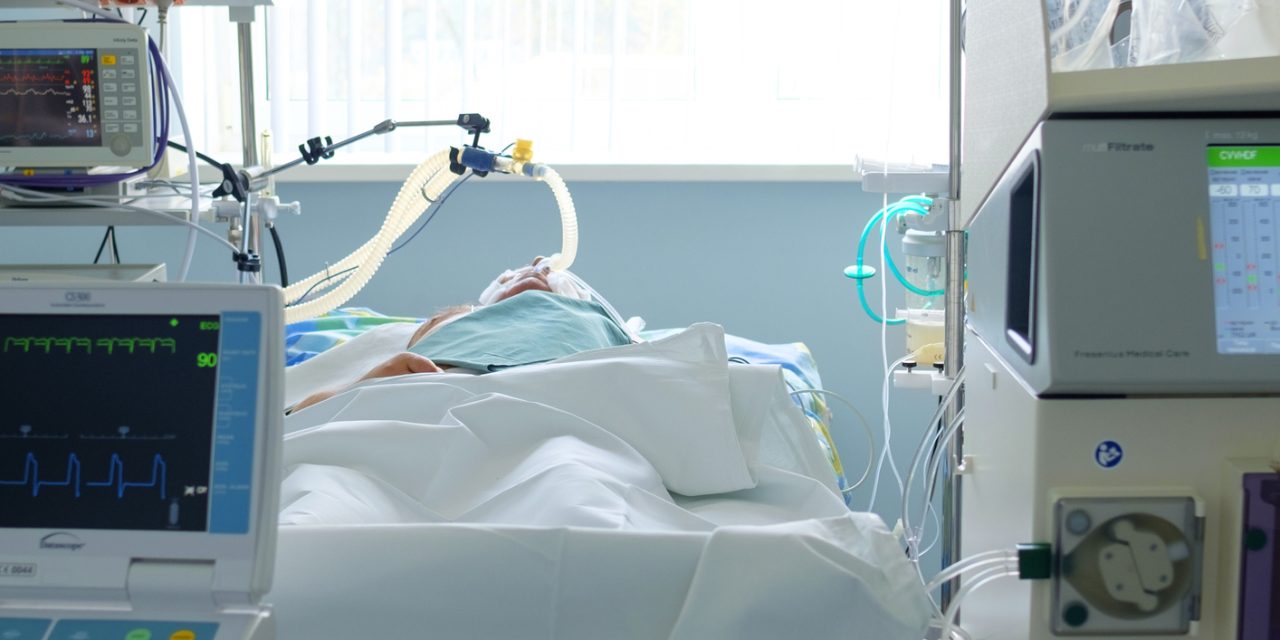40%-50% of this septic arthritis occurs in the knee, despite rapid medical surgical treatment, 24%-50% will have a poor clinical outcome. It is not clear which debridement technique, by arthrotomy or arthroscopy, is more effective in controlling infection, or whether or not previous osteoarthritis worsens the outcome. The objective of this study on septic arthritis of the osteoarthritic knee was to analyse which surgical debridement technique, arthroscopy or arthrotomy, is more effective, the clinical and radiographic outcomes of the patients, and how many go on to require a TKR after the infection has healed.
A retrospective study was performed in 27 patients with native septic arthritis of the knee. Eighteen were men and the mean age was 64.8 years (30-89years). Fifteen patients were debrided by arthrotomy and 12 by arthroscopy. The effectiveness of debridement in controlling infection, the radiographic progression of the osteoarthritis on the Ahlbäch scale, the need for subsequent replacement, and pain and functional status were analysed using the VAS and WOMAC scales at 52.8±11.2-month follow-up.
The infection was controlled in 93% and 92% of the patients, 13% and 42% required 2 or more surgeries for infection control, 18% and 44.4% showed progression of arthritis in the arthrotomy and arthroscopy groups, respectively. One patient in each group required a knee replacement. The VAS score was superior in the arthrotomy group and there were no differences in WOMAC score.
Debridement by arthrotomy in the emergency department by non-sub-specialist knee surgeons is more effective than arthroscopic debridement in controlling septic arthritis of the knee. Surgical debridement of septic arthritis in knees with previous osteoarthritis enabled control of the infection with no pain despite the progression of the osteoarthritis.
Copyright © 2020 SECOT. Publicado por Elsevier España, S.L.U. All rights reserved.
Arthrotomy debridement of arthrostic septic arthritis of the knee is more effective than arthroscopic debridement and delays the need for prosthesis despite progression.


